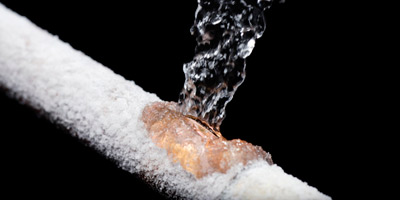Standing Water? Standing IN Water? Call now.
If your building is flooded, stop reading and call us!
If you’ve had previous damage from water and it’s less of an emergency, you can call us or contact us by email.
Standing Water? Standing IN Water? Call now.
If your building is flooded, stop reading and call us!
If you’ve had previous damage from water and it’s less of an emergency, you can call us or contact us by email.



WHAT TYPES OF WATER DAMAGES CAN OCCUR
WHAT TYPES (OR SOURCES ) OF WATER DAMAGES CAN OCCUR IN YOUR HOME OR BUSINESS?
When evaluating the types of water damage that can occur and how they affect the procedures that are used to restore your home after an emergency situation, it helps to know that water losses fall into three categories: clean water, gray water and black water. Once these categories are determined, it is easier to introduce the proper drying techniques, and it helps to designate what items can and cannot be restored. Here’s some specific information about the three types of water losses.
Category 1: Clean Water


This water originates from a source that does not pose substantial harm to humans. Category 1 water is also referred to as “clean water.†Examples of Category 1 water sources may include, but are not necessarily limited to the following:
- Broken domestic water supply lines;
- Tub or sink overflows with no contaminants
- Appliance malfunctions involving domestic water supply lines;
- Melting ice or snow;
- Falling rainwater; and
- Broken toilet tanks and toilet bowls that do not contain contaminants or additives.
If left untreated for 72 hours, Category 1 water becomes Category 2 water. This further enforces the fact that reaction and response time is key factor when dealing with various types of water damage.
Category 2: Gray Water


Category 2 water contains a significant degree of chemical, biological and/or physical contamination and having the potential to cause discomfort or sickness if consumed by or exposed to humans. Category 2 water is also referred to as “gray water.” Gray water carries microorganisms and nutrients for microorganisms. Examples of gray water sources may include, but are not necessarily limited to the following:
- Discharge from dishwashers or washing machines;
- Overflows from toilet bowls with some urine (no feces);
- Sump pump failures;
- Seepage due to hydrostatic pressure;
- Chilled and condensate water; and
- Fire Protection Sprinkler Water.
Gray water may contain chemicals, biocontaminants (fungal, bacterial, viral algae) and other forms of contamination including physical hazards. Carpet pads affected with Category 2 water must be removed and disposed of properly. Even carpet that is salvaged must be cleaned with hot-water extraction. Time and temperature aggravate Category 2 water contamination levels significantly. Gray water in flooded structures that remains untreated for longer than 48 hours can change to Category 3, black water.
Category 3: Black Water


Grossly unsanitary water containing pathogenic agents, arising from sewage or other contaminated water sources and having the likelihood of causing discomfort or sickness if consumed or exposed to humans. Black water includes sewage and other contaminated water sources entering or affecting the indoor environment. Category 2 water that is not removed promptly from the structure may be reclassified as Category 3 water. Toilet back flows that originated beyond the toilet trap are considered black water contamination, regardless of visible content or color. Category 3 water includes, but is not necessarily limited to all forms of flooding from:
- Sewage/rainwater mixed;
- Sea water;
- Ground surface water; and
- Rising water from rivers or streams.
Such water sources carry silt and organic matter into structures and create black water conditions. Whenever a sewage backflow occurs, the health of workers and occupants should be the primary concern. Always remove and properly dispose of carpet and padding that has been affected by a Category 3 water loss.
Emergency Restoration Specialists can help you evaluate the category of water loss, location and source, and the best procedures to get you back to a pre-loss condition. Put your trust in the experienced professionals of Emergency Restoration Specialists. Call our Emergency Response Team Hotline 24/7/365 days.



